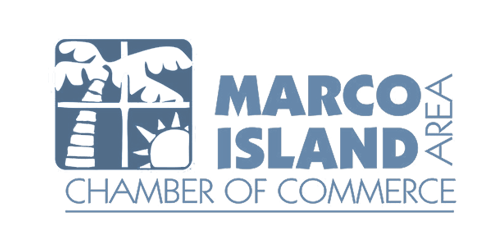marco escapes Blog
Key Marco Cat

There is a small piece of Marco Island on exhibit in the Smithsonian Institution in Washington, DC – surprisingly, it is a cat. Historians call it the Key Marco Cat because it was discovered at the end of the 19th century in a bog at the north end of Marco Island, then known as Key Marco. The physical conditions of the bog preserved this ancient, 6 inch tall wood carving, dating from ca. 800 AD. Its renown as an artifact attributed to the Calusa Indians and may have done as much to create awareness of our piece of paradise as any single thing.
The Calusa Indians were an advanced and powerful tribe living along the southwest coast of the Florida peninsula with canals and settlements extending into the interior of the state. Characteristic of the villages are shell mounds, which remain today as protected sites along the coast. It is believed the Calusa were undone by Spanish explorers, led by Ponce de Leon.
The Key Marco Cat has spawned numerous reproductions in jewelry and decor. At one time it is believed the Smithsonian sold replicas as pendants in the gift shop. It is also believed that the cat’s origin is in its life-sized fore-bearers, the Florida Panther.
There are a few Florida Panthers still stalking the Everglades, which border Marco Island. Unfortunately, the best chance you have to see these reclusive, endangered animals is either on the yellow road signs that warn of “Panther Crossings” or as a preserved exhibit in the Rookery Bay National Estuary Research Educational Center, just before crossing the bridge to Marco.
So, as you enjoy your balmy vacation in a luxurious Marco Escapes Vacation Rental, reflect on the local history that reaches through the centuries.





